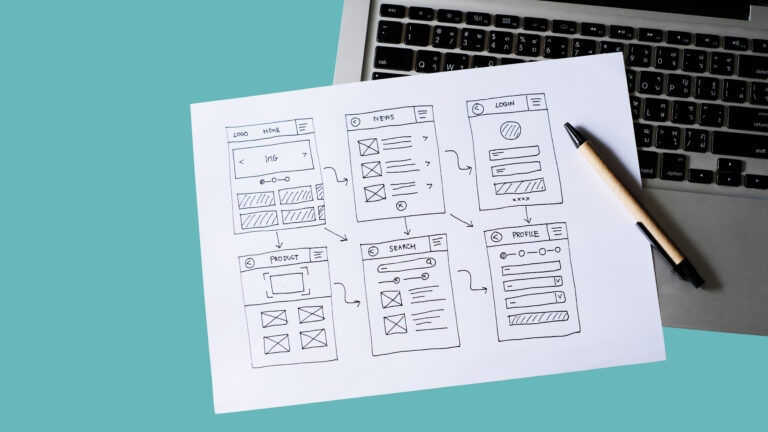Evaluating ERP Ease of Use

Evaluating the ease of use of different ERP systems can be a challenge. It’s not as straightforward as either checking or not checking the box because ease of use is highly situational and often subjective. As you understand the key considerations with ease of use, you should feel equipped to confidently move forward with a solid system for comparing ease of use as a criteria.
Ease of Use Implications
It might be easy to dismiss ease of use as a serious consideration, but especially in extreme scenarios, terrible ease of use can significantly impact the business. Especially in older systems, finding the screen or field you’re looking for can feel like looking for a needle in a haystack. Op top of that, system performance issues can cripple the ability to complete tasks in a system. These and other issues can lead to lost time, increased mistakes, and the need for increased training. In addition to the more concrete issues, a poorly designed system can increase frustration with employees leading to a variety of related challenges.
Defining Intuitive
What does it mean to have an intuitive user experience? When we talk about intuitive, we’re often talking about what makes sense to a user, what feels natural. It’s important to think through how you want to measure user experience. Getting feedback from existing system users might produce surprising results. I’ve seen systems that many would rank incredibly high in terms of user experience get negative feedback from existing users, especially when those users have been using a legacy system for a decade or two. What feels natural in that case might be the way the existing, arguably terrible, system is organized. It doesn’t mean those users are wrong in their assessment, but you might take their feedback with a grain of salt.
Easy For Who?
Applying a blanket score for usability might also give an incomplete picture. It’s possible that ease of use for accounting is significantly different than it would be for sales, even in the same ERP. In fact, we see that frequently. Sales complains about ease of use working the sales process in what feels like the wrong system. The systematic approach an ERP is built on is likely to resonate much better with certain roles than others. It’s important to decide where your sales team belongs as well as where other departments will live before committing to factoring their feedback into the ERP scorecard.
Ease Of Use Beyond Just ERP
When considering ERP options, it can be difficult to compare apples to apples. If you evaluate an ERP in a silo, it may give an incomplete picture that doesn’t take into account differences in connected systems across the enterprise. It can be helpful to step back and consider the full solution with all platforms rather than attempting to evaluate the ERP alone.
Where Ease Of Use Matters
While ease of use is hard to evaluate with a checkmark, it adds a unique dimension to the overall picture and is an important factor to consider. As you evaluate ease of use, you’ll likely find that most modern ERP solutions do at least a decent job at providing an easy to use system. Certainly get feedback from a variety of roles across the organization. Ease of use may not be make or break, but should still be something you plan to incorporate into your ERP evaluation process.
